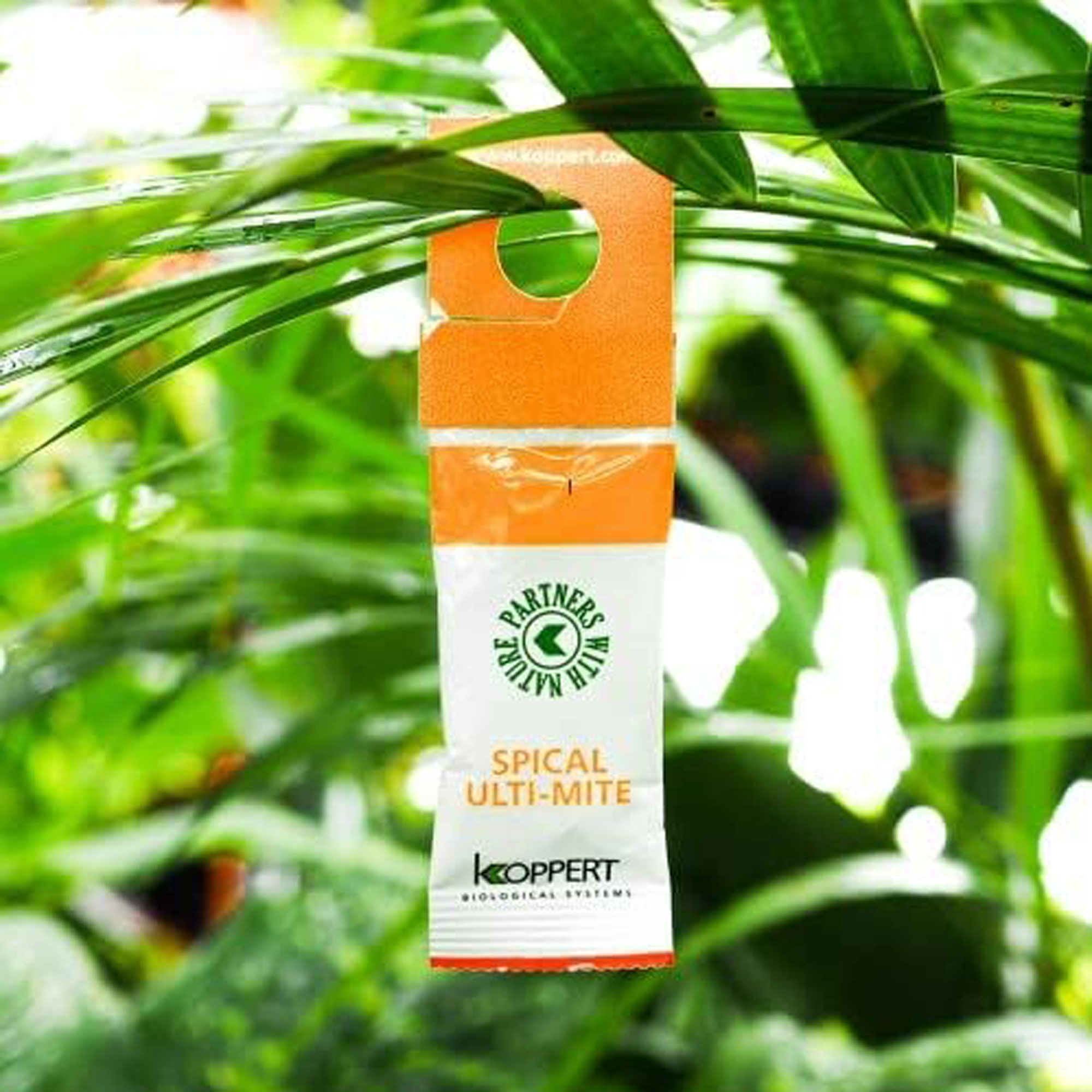How do I know if my plants have spider mites? 4 ways to spot them and treat an infestation, according to experts
Send this common pest packing with these tips
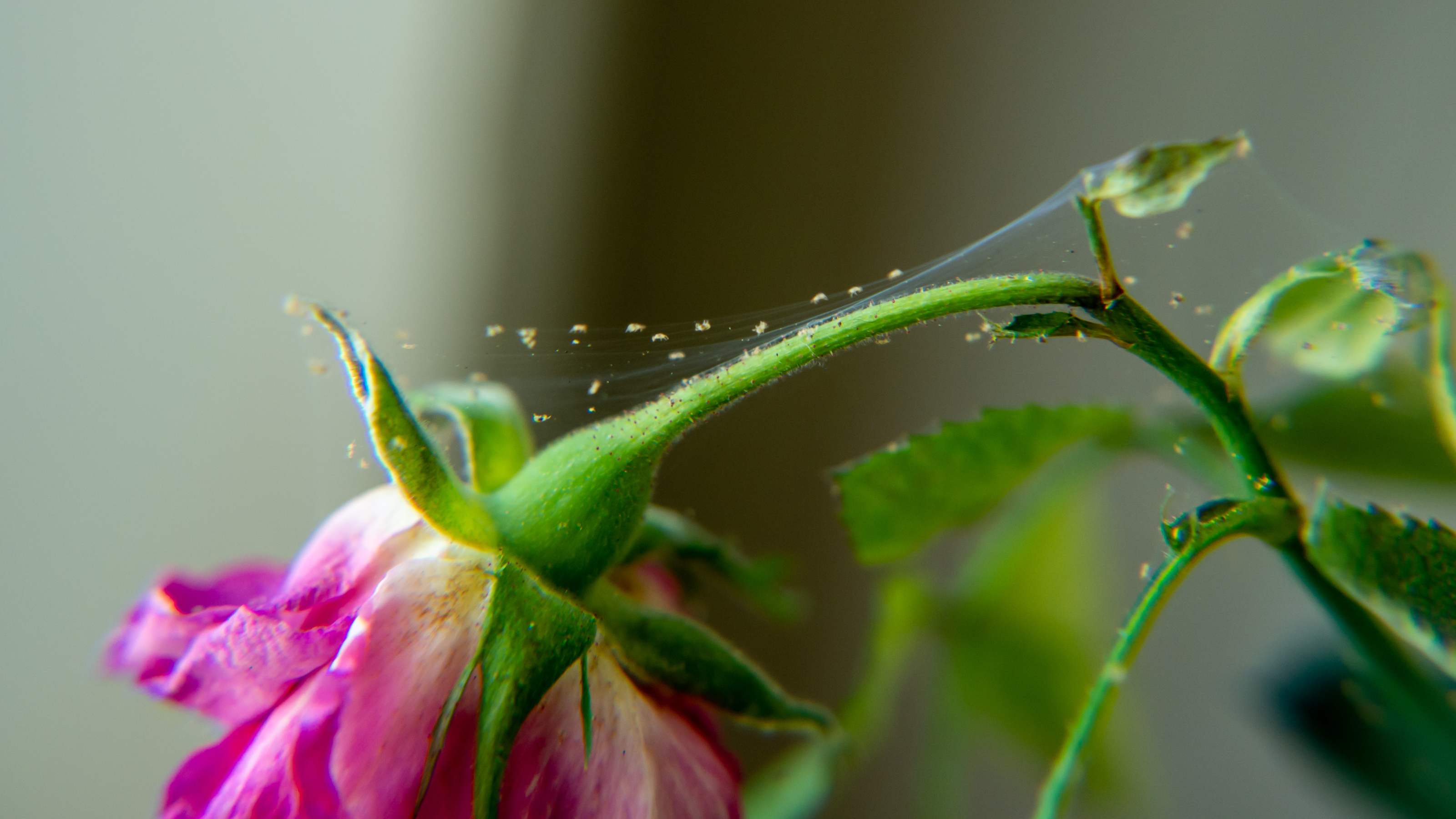

Spider mites are a common pest that can cause issues for plants both indoors and out, with an affinity for potted plants in particular. Despite how frustrating a spider mite infestation is, it can often be challenging to figure out if your plants have spider mites purely because of just how tiny these pests are.
Whether you've taken up gardening or have opted to snap up some of the best indoor plants to bring a touch of nature into your home, there's nothing worse than finding out your beloved houseplant collection is now home to a family of spider mites.
Thankfully, there are a handful of tried and tested ways you can know whether or not your plants have spider mites – alongside expert-recommended tips on how to get rid of spider mites and prevent them from coming back.
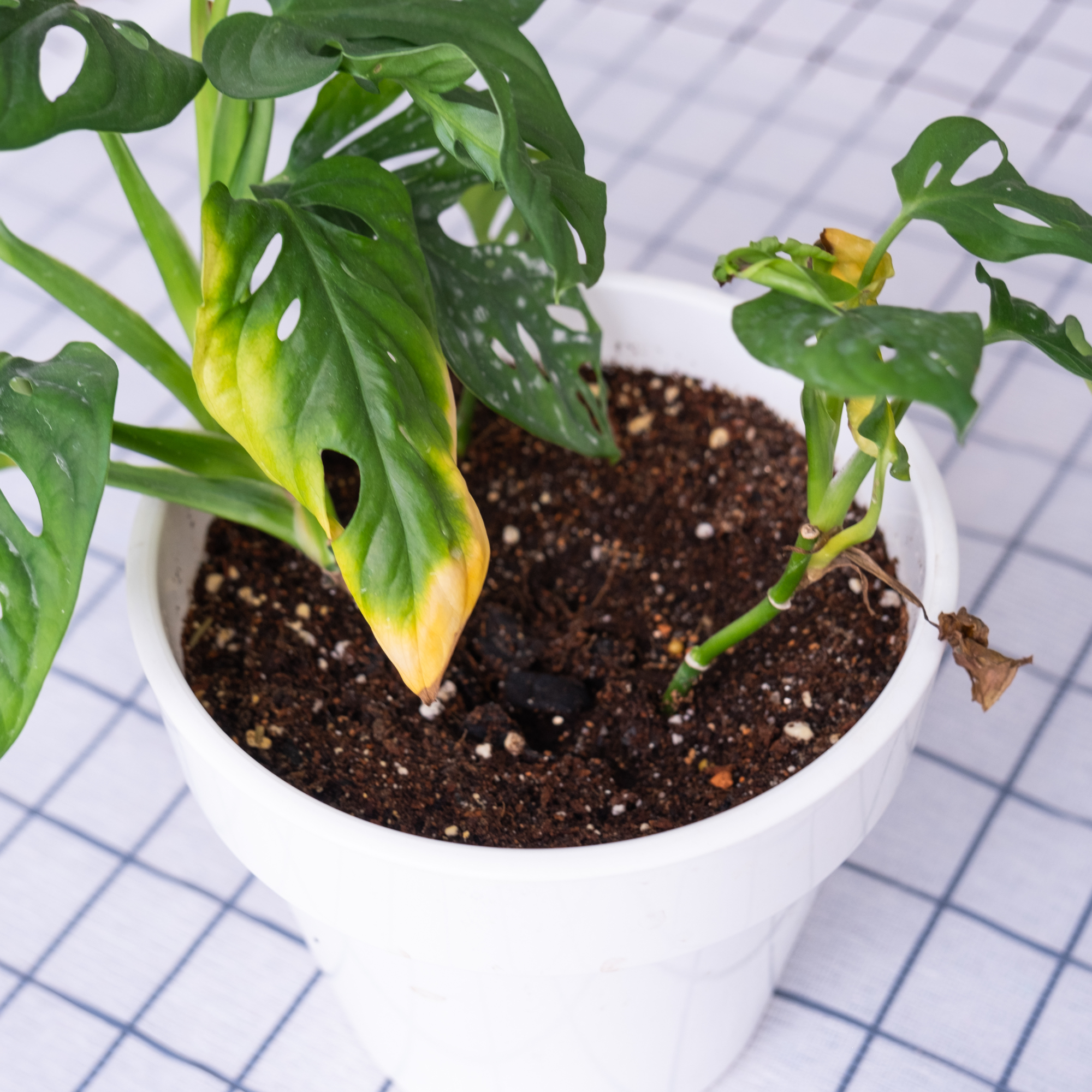
How do I know if my plants have spider mites?
As we mentioned, it can be difficult to know if your plants have spider mites as they're usually under 1mm in size.
John Clifford, garden expert at Gardenstone adds, 'They also are most commonly found on the underside of plant leaves, meaning that you have to turn leaves over to see them, and won't necessarily always spot them straight away when looking at a plant.'
But, that doesn't mean it's impossible. Here are 4 ways to identify spider mites on your plants, according to gardening experts.

John Clifford is director of Gardenstone, a leading garden landscaping retailer based in the UK. With over 30 years in the gardening industry and continual work alongside The National Trust, John has amassed an extensive range of gardening and planting knowledge. Alongside his younger son, John has built a strong reputation for Gardenstone as a trusted source for both high-quality garden products and expert gardening advice.
1. Webbing
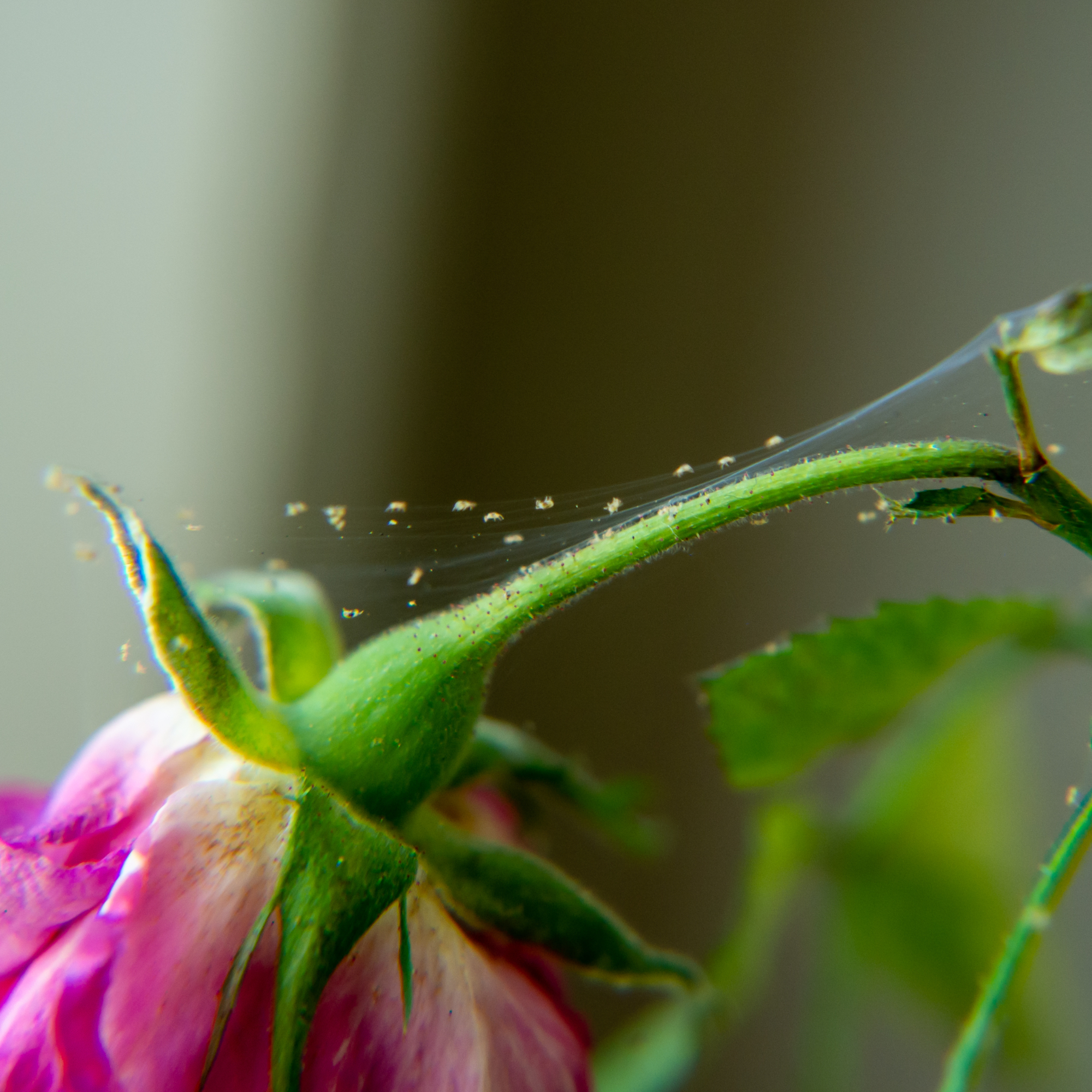
Although different from spiders, spider mites are similar in the way they leave webbing on leaves.
'Unsurprisingly, spider mites are notorious for spinning webs wherever they decide to call home, and one of the most obvious signs that your plants are now the habitat of spider mites is very fine webbing on the undersides of leaves and between stems,' explains Josh Novell, garden expert and director of Polhill.

Josh has over six years worth of experience in the horticulture industry. He began his career as a strategy manager before working his way up to become a director and is now a key part of the day-to-day running of Polhill Garden Centre.
2. Discoloured leaves

Another way to know if your plants have spider mites is if any of the leaves on your plants are developing mottled, yellowing patches. If you're noticing your bay tree leaves turning brown, the culprit could potentially be a spider mite infestation.
Kelly Dyer, plant doctor and lead horticulturist at Patch Plants says that this happens because chlorophyll has been removed from these as a result of spider mites feeding on the sugars of your plant.
3. Wilted and shedding leaves
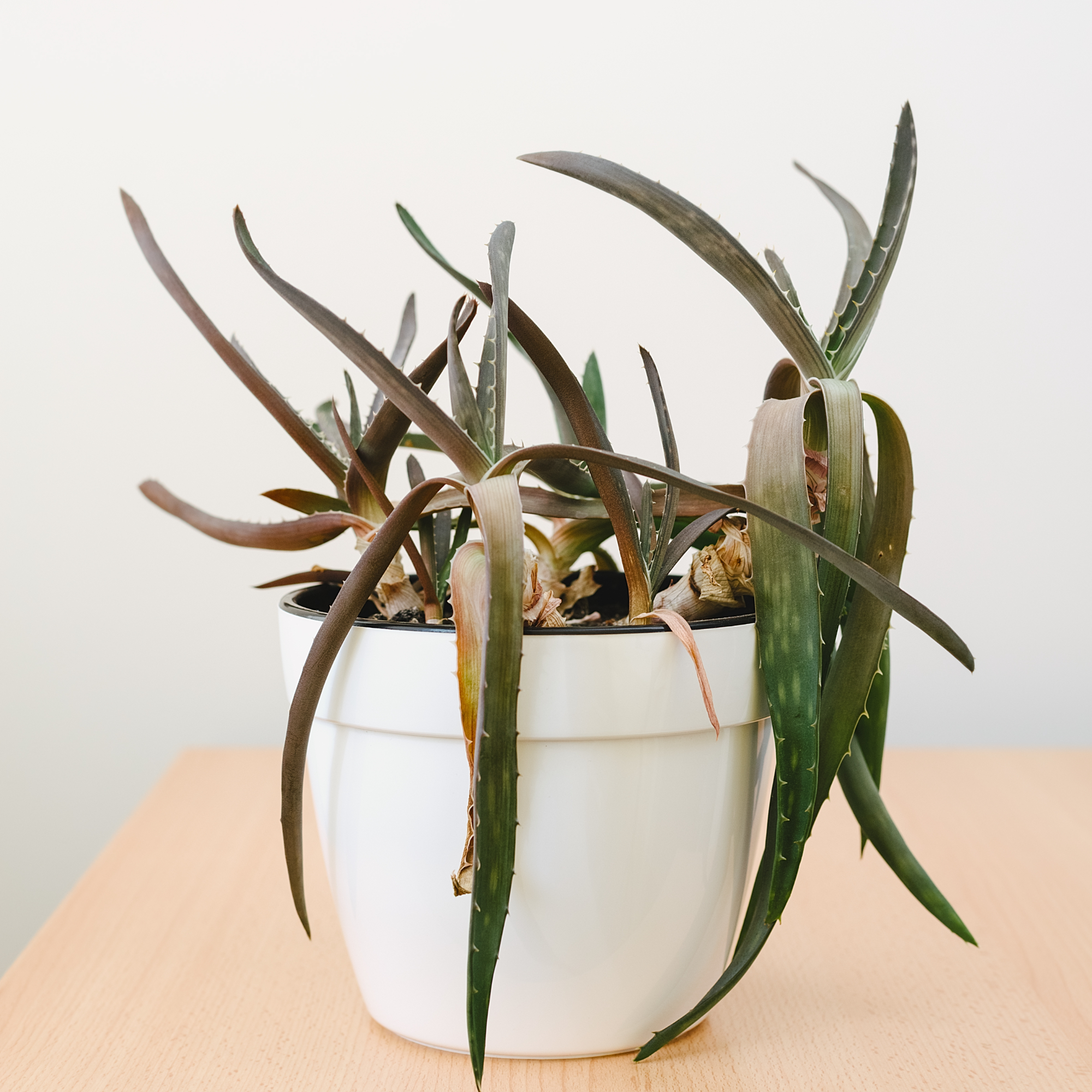
Similar to discolouration on leaves, another way to identify spider mites on your plants is if you notice your plant wilting despite being cared for correctly (or supposedly being an unkillable houseplant, for example).
Andrew White at Rhino Greenhouses Direct adds that in some cases, some leaves may even begin to shed unexpectedly and become fully damaged as a result of a spider mite infestation.

Andrew White is Rhino Greenhouses Direct's resident gardening enthusiast publishing content for Rhino Greenhouses Direct, when Andrew isn't sharing his expert advice he is busy working as the Service and Sales Manager for Rhino Greenhouses Direct.
4. Tiny specks
While it's generally quite difficult to spot spider mites, Josh recommends purchasing a hand lens and inspecting your suspected infected plants closely.
'You may notice tiny specks moving slowly on the undersides of leaves, especially when they are disturbed,' he explains.
How to get rid of spider mites on plants
What you’ll need
Step-by-step
A spider mite infestation is never fun to deal with, but there are some simple things you can do to remedy the issue and take action against spider mites.
1. Isolate your infected plant
First, it's important to isolate the infected plant to prevent spider mites from spreading to the other plants in your collection.
2. Prune infected leaves
Then, it's recommended that you prune your plants.
'Once isolated, you can begin treating your plant, using a pair of clean pruning shears or sharp sterile scissors, cut off any damaged or infected leaves on your plant. Ensure that you dispose of these leaves correctly by placing them in a sealed bag and then throwing them away,' advises Andrew White from Rhino Greenhouses Direct.
3. Clean the plant
Next, ensure no spider mites remain on your plant by cleaning it thoroughly.
'Once any infected leaves have been removed, begin to gently wash your plant with clean lukewarm water to remove any spider mites that may remain on your plant, you can either use a damp clean cloth or simply rinse your plants with a hose or in the sink.'
To combat a bigger problem, invest in Dragonfli's Spider Mite Killers (Amblyseius Californicus) in sachets from Amazon, which are an effective spider mite predator. Each sachet will release the predators for around four weeks to protect your plant.
FAQs
How can I prevent spider mites from returning?
'The best preventative measure you can take is to make sure you're watering your plant enough and frequently mist your plant to keep it humid. This is important as spider mites hate wet conditions,' explains John Clifford from Gardenstone.
Additionally, make sure you're regularly inspecting your plants and paying extra attention to catch any irregularities in their leaves.
After all, one of the easiest ways to prevent spider mites from returning and another infestation happening is to catch it early on.
Get the Ideal Home Newsletter
Sign up to our newsletter for style and decor inspiration, house makeovers, project advice and more.

Jullia was Ideal Home’s Junior Writer from 2022-2024 and the Ideal Home Certified Expert in Training on Vacuums having spent over 60 hours testing different models. She’s always loved all things homes and interiors, graduating with a bachelor’s degree in Architectural Studies from the University of Nottingham where her love for writing blossomed following her internship at ArchDaily. Now focused on home tech and cleaning, Jullia works on writing features and explainers to help people make the most of their home appliance investments, putting the newest launches through their paces. When she isn’t writing, she loves exploring the city, coffee shop hopping, and losing hours to a cosy game or book.
-
 My go-to Ninja coffee machine is on sale for Easter weekend
My go-to Ninja coffee machine is on sale for Easter weekendIt makes coffee shop quality achievable at home
By Molly Cleary
-
 When to plant out annual flowering plants for vibrant, colourful garden borders – and give them the best start, according to experts
When to plant out annual flowering plants for vibrant, colourful garden borders – and give them the best start, according to expertsNot sure when to plant out annual flowering plants? We've got you covered...
By Kayleigh Dray
-
 I'm a kitchen decor editor and didn't like this tableware trend - until I saw H&M Home's designer-look plates
I'm a kitchen decor editor and didn't like this tableware trend - until I saw H&M Home's designer-look platesThey made it easy to justify a new crockery set
By Holly Cockburn


